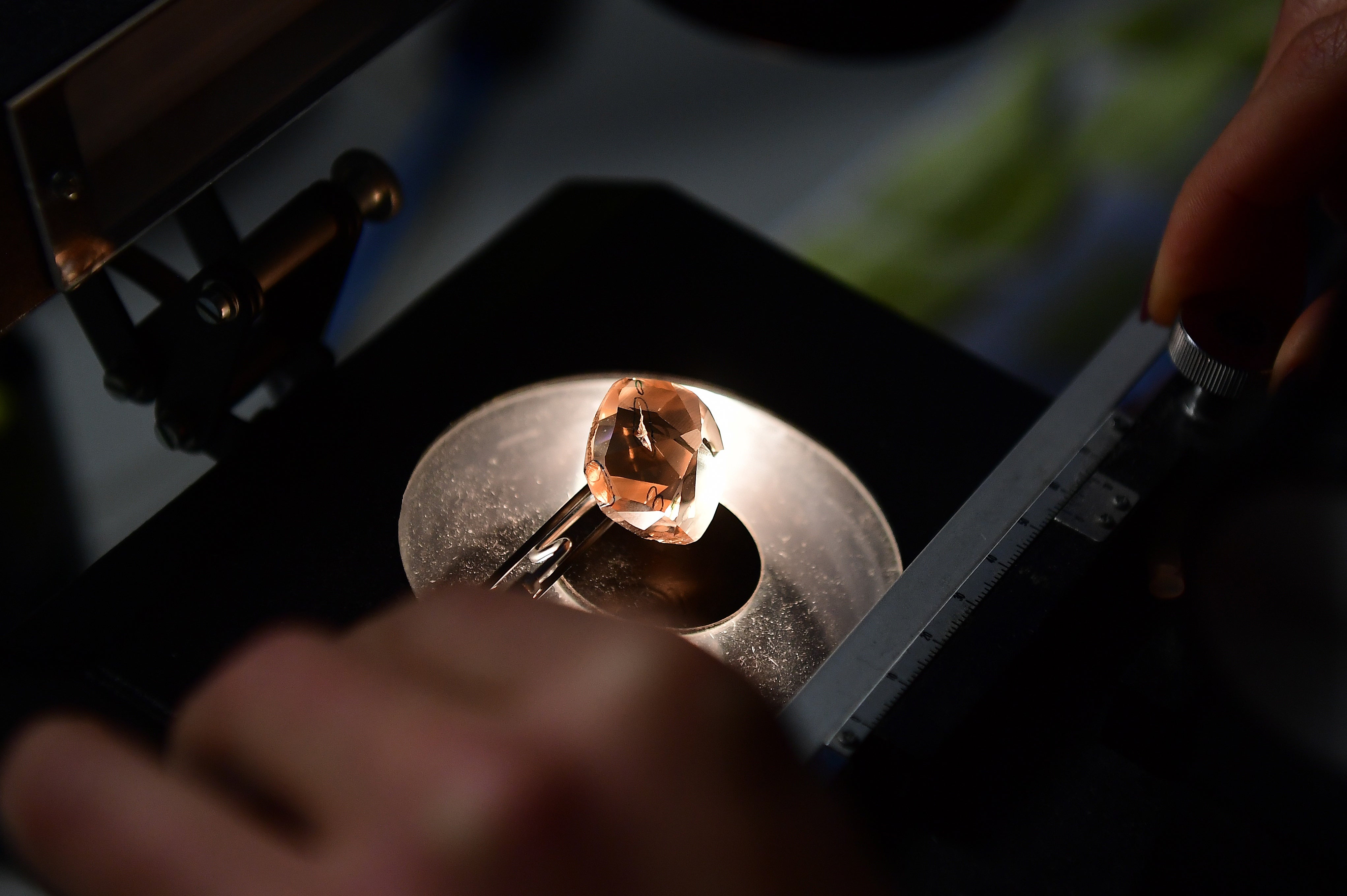Chinese scientists develop world’s strongest glass that’s as hard as diamond
Material could find applications in solar cells due to its ‘outstanding’ mechanical and electronic properties, say scientists

Your support helps us to tell the story
From reproductive rights to climate change to Big Tech, The Independent is on the ground when the story is developing. Whether it's investigating the financials of Elon Musk's pro-Trump PAC or producing our latest documentary, 'The A Word', which shines a light on the American women fighting for reproductive rights, we know how important it is to parse out the facts from the messaging.
At such a critical moment in US history, we need reporters on the ground. Your donation allows us to keep sending journalists to speak to both sides of the story.
The Independent is trusted by Americans across the entire political spectrum. And unlike many other quality news outlets, we choose not to lock Americans out of our reporting and analysis with paywalls. We believe quality journalism should be available to everyone, paid for by those who can afford it.
Your support makes all the difference.Scientists in China have developed the hardest and strongest glassy material known so far that can scratch diamond crystals with ease.
The researchers, including those from Yanshan University in China, noted that the new material – tentatively named AM-III – has “outstanding” mechanical and electronic properties, and could find applications in solar cells due to its “ultra-high” strength and wear resistance.
Analysis of the material, published in the journal National Science Review, revealed that its hardness reached 113 gigapascals (GPa) while natural diamond stone usually scores 50 to 70 on the same test.
“Consequently, our measurements demonstrate that the AM-III material is comparable in strength to diamond and superior to the other known strongest materials,” the scientists noted in the study.
According to the scientists, AM-III has tunable energy absorption properties comparable to semiconductors commonly used in solar cells such as hydrogenated amorphous silicon films.
While in diamond crystals, the organised internal structure of its atoms and molecules contribute to their immense strength and hardness, in AM-III the researchers found that a combination of order and disorder of its molecules give rise to its strange properties.
Using fullerenes, which are materials made of hollow football-like arrangements of carbon atoms, the researchers produced different types of glassy materials with varying molecular organisation among which AM-III had the highest order of atoms and molecules.
To achieve this order of molecules, the scientists crushed and blended the fullerenes together, gradually applying intense heat and pressure of about 25 GPa and 1,200 degrees Celsius in an experimental chamber for about 12 hours, spending an equal amount of time cooling the material.
Increasing the order further, the scientists observed, could potentially kill the semiconductivity and other properties that required the atoms and molecules to be chaotic.
“The emergence of this type of ultrahard, ultrastrong, semiconducting amorphous material offers excellent candidates to [the] most demanding practical applications,” the researchers wrote in the study.
Join our commenting forum
Join thought-provoking conversations, follow other Independent readers and see their replies
Comments